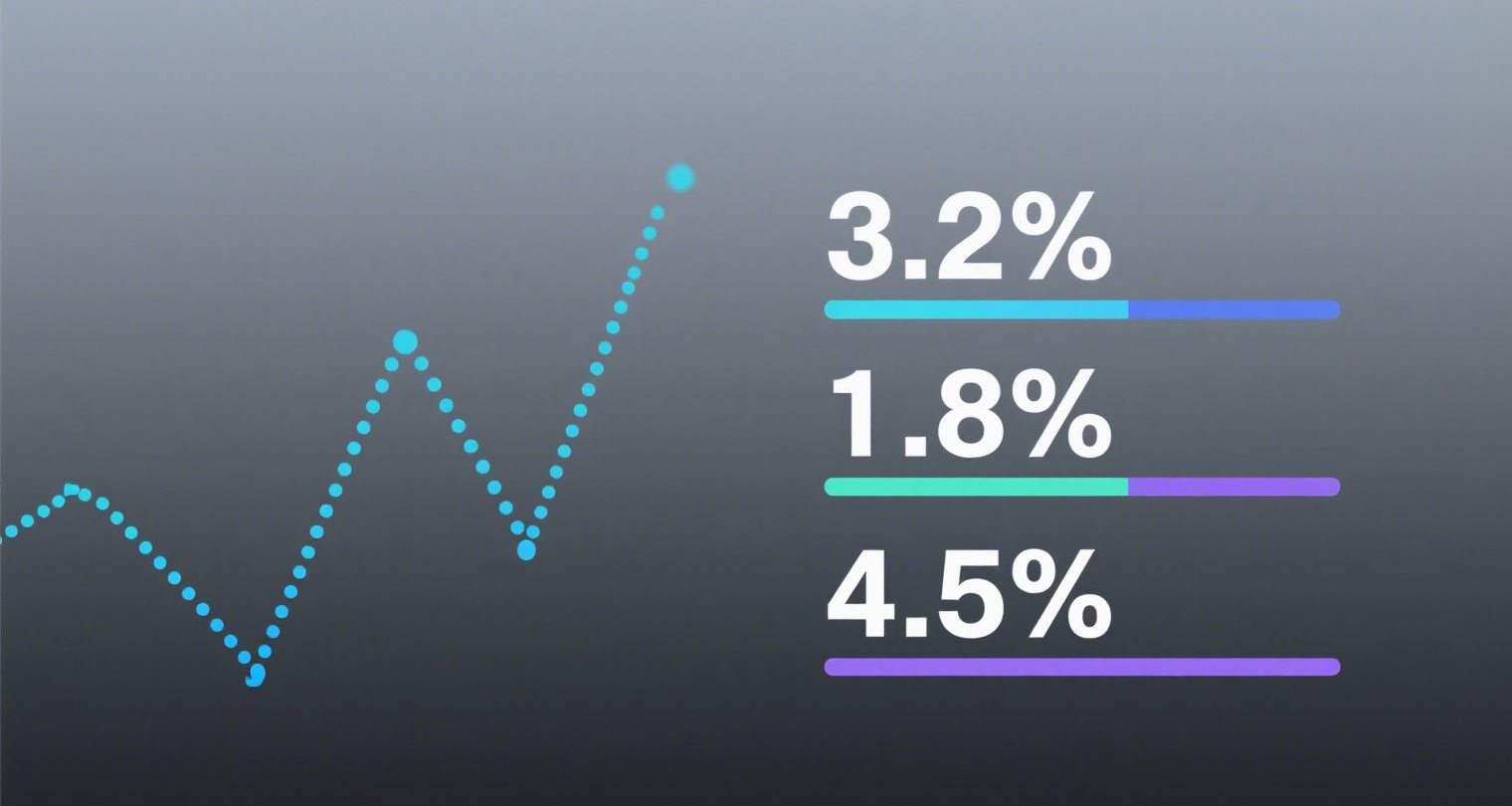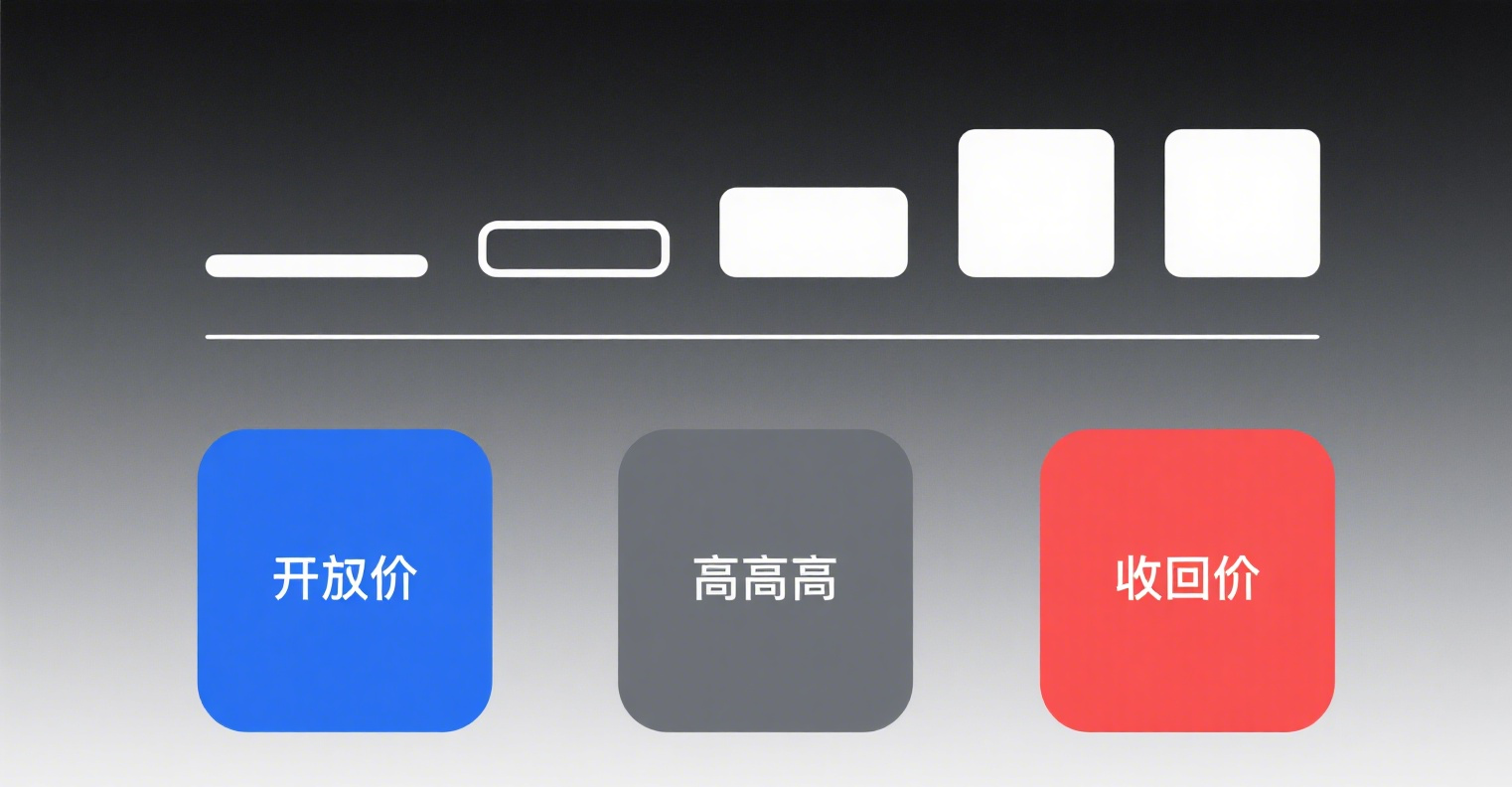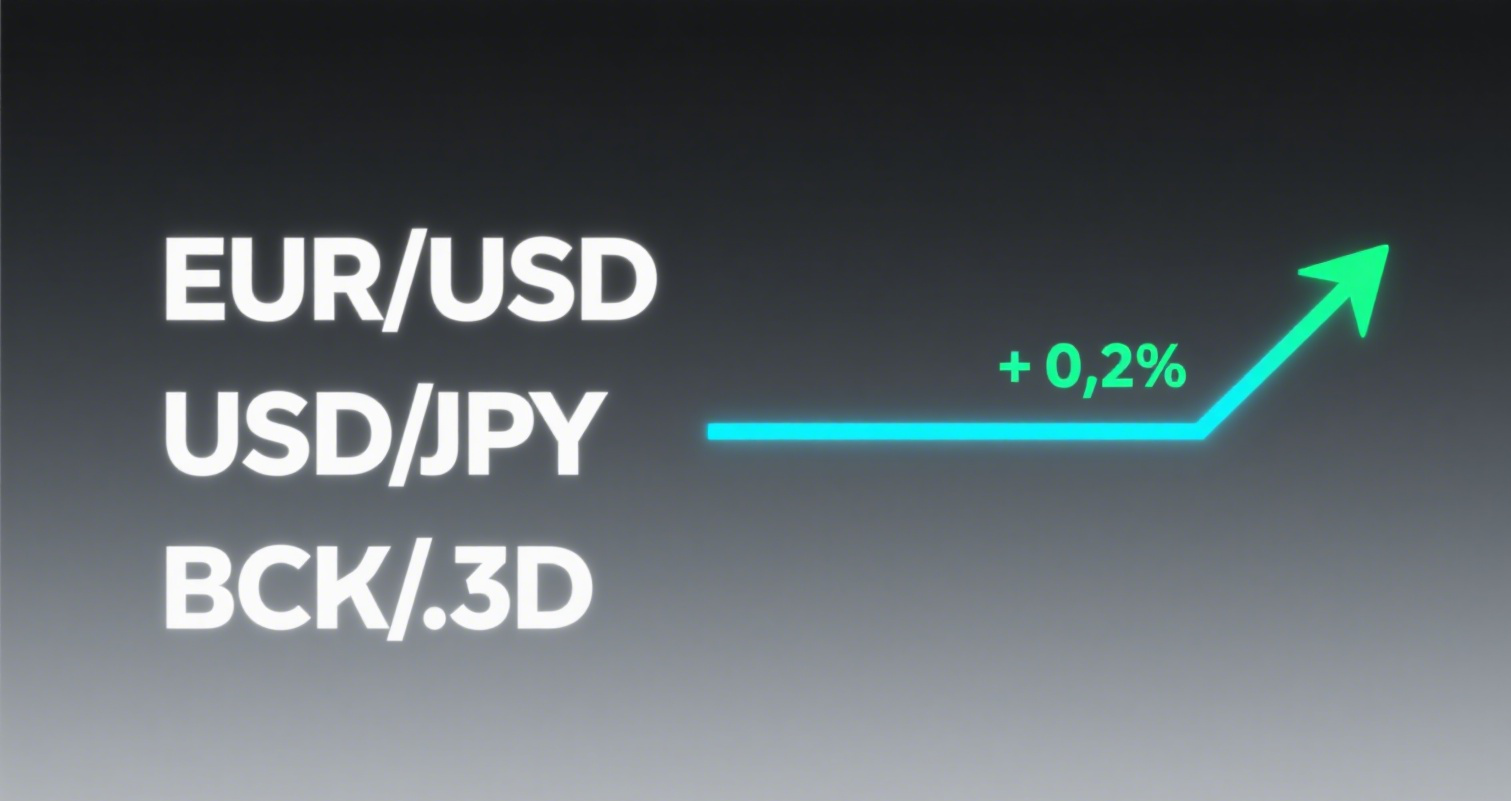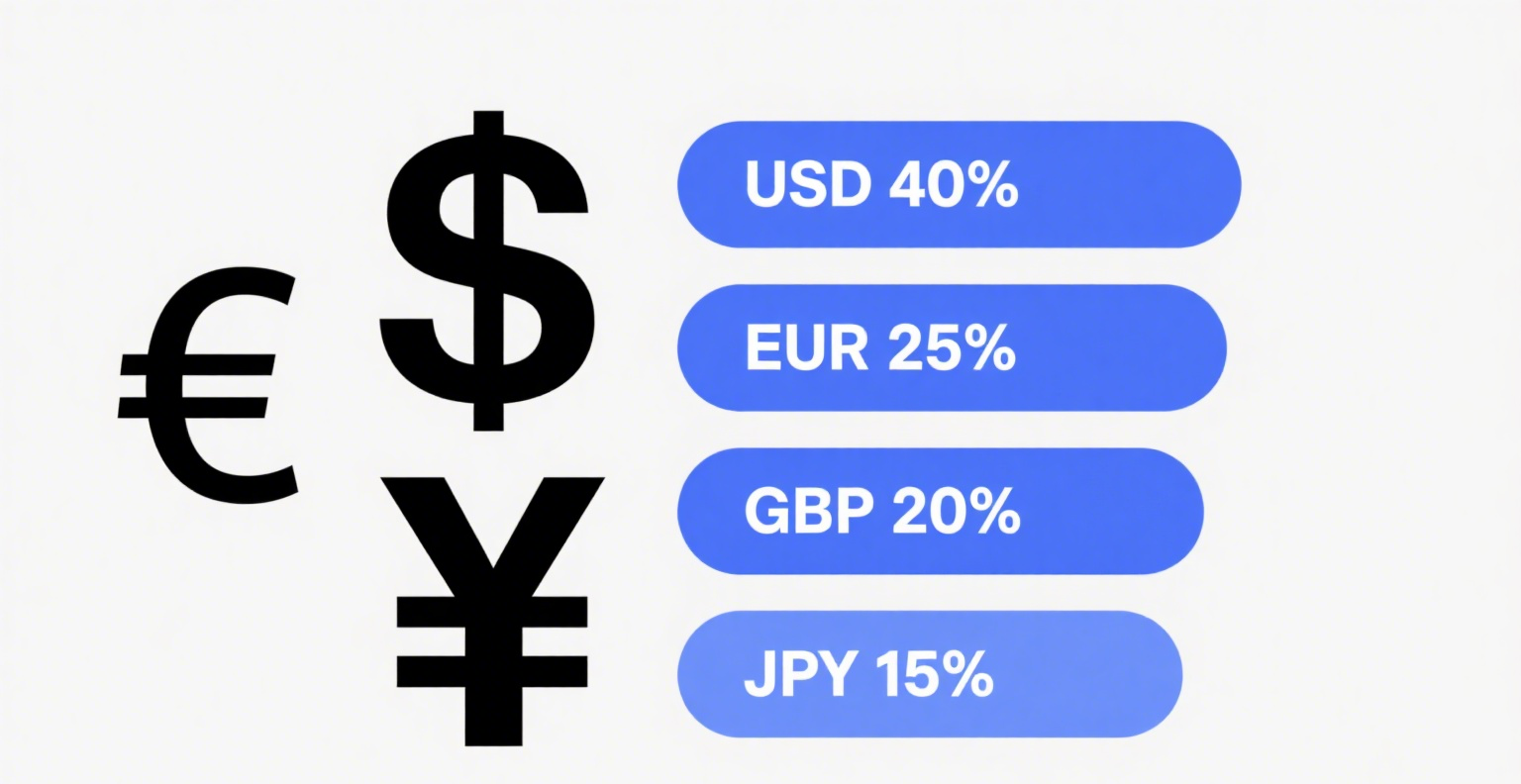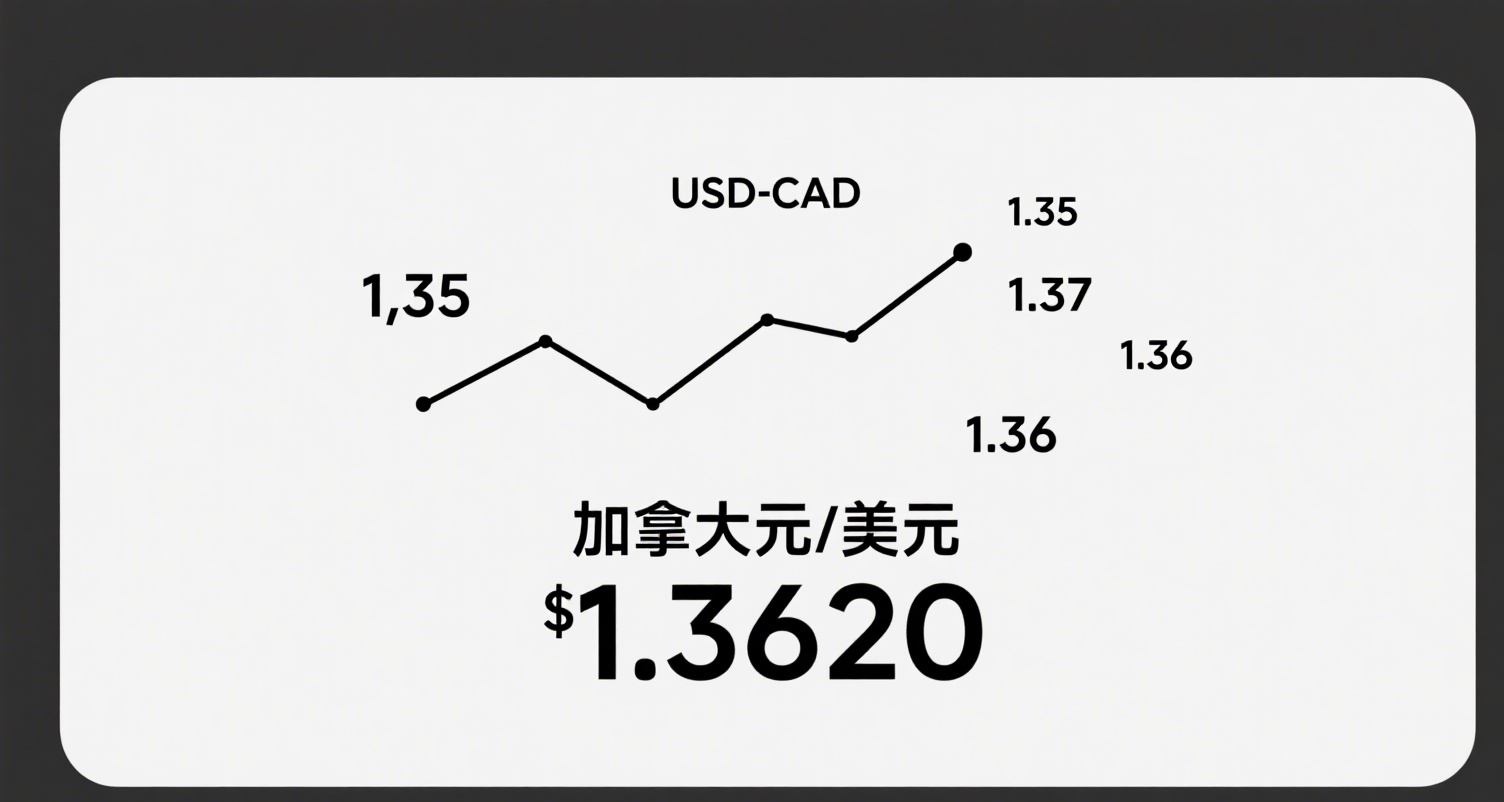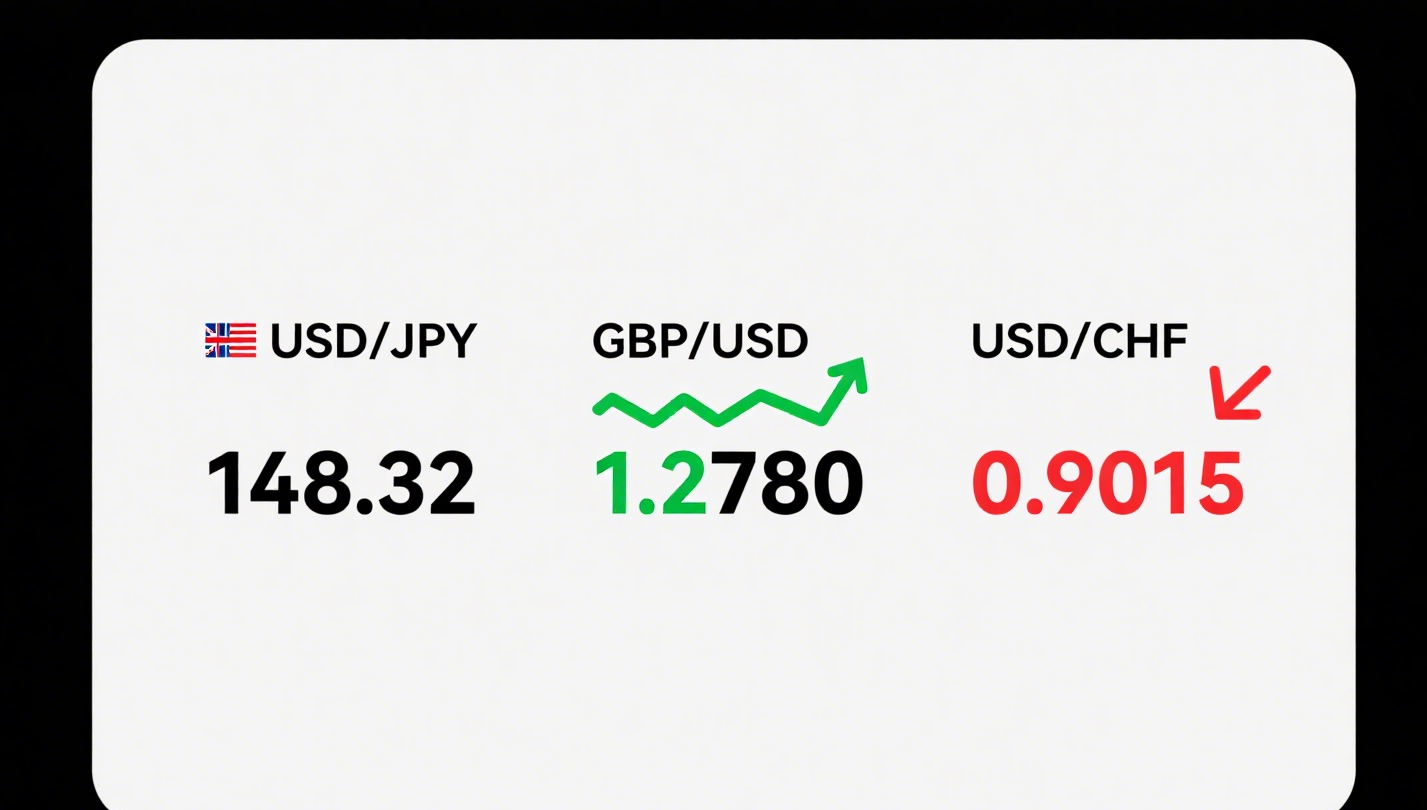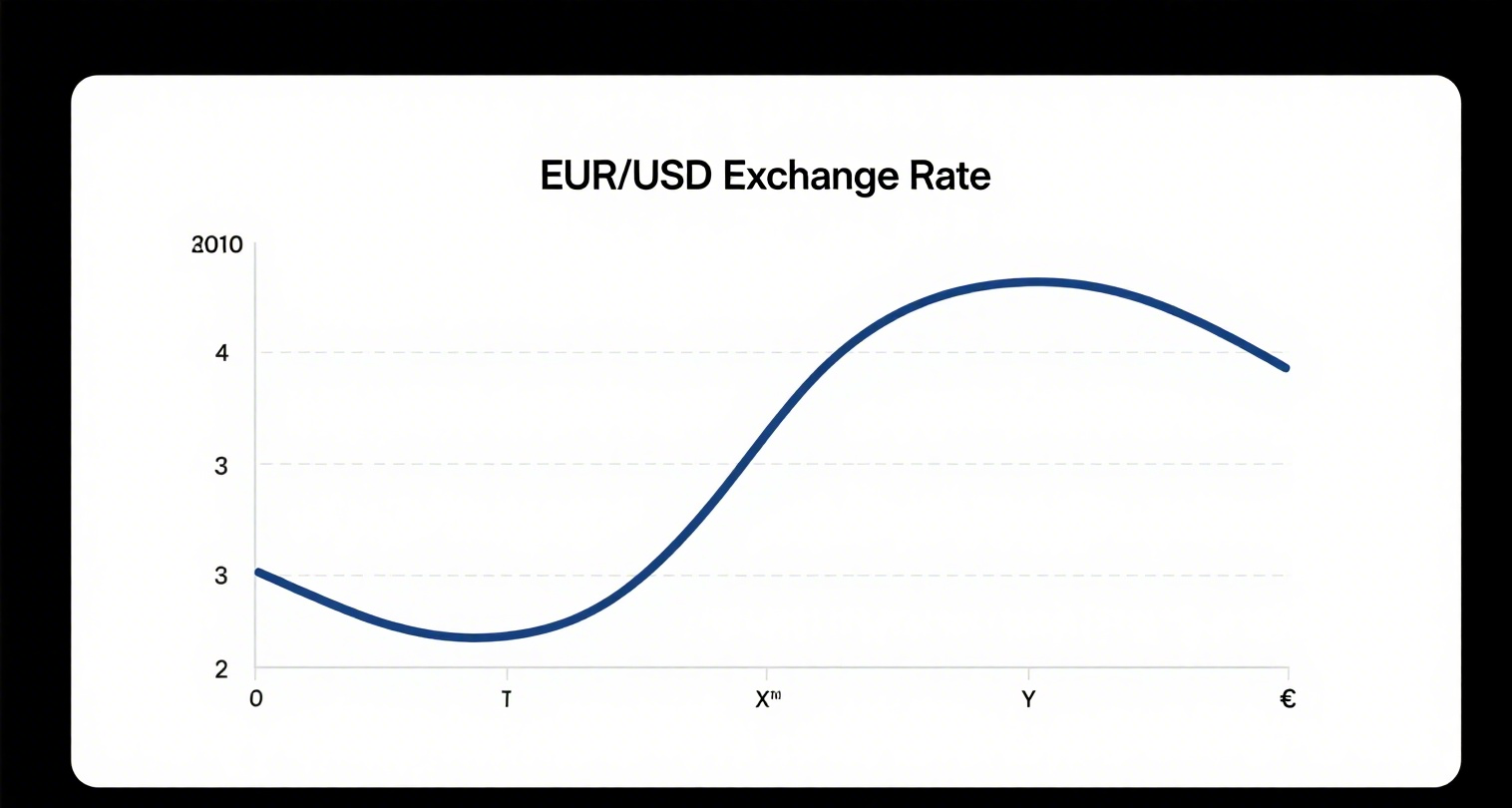
Amid the wave of global economic recovery, the consumer sector has once again become the focus of market attention. With the rapid development of technology and the continuous evolution of consumer behavior, this sector is undergoing unprecedented transformations—from the booming rise of e-commerce to the gradual acceptance of sustainable consumption concepts. Every pulse of the consumer sector profoundly impacts our lives.
Data released by the National Bureau of Statistics shows that, despite the high base from the same period last year, the total retail sales of consumer goods in the first quarter of this year still grew by 4.7%, exceeding 12 trillion yuan. After a three-year deep adjustment from 2021 to 2023, the consumer sector has shown signs of recovery since the beginning of the year. By the end of April, the CSI Consumer 50 Index and the CSI Hong Kong Stock Connect Consumer Theme Index, two representative indices for the consumer sector in A-shares and Hong Kong stocks, rebounded by 10% and 7%, respectively.
This article will analyze these two indices from the perspective of consumer sector basics.
What areas does the consumer sector include?
The consumer sector is a dynamic part of the economic system, closely tied to residents' daily lives. According to Wind industry classification, the primary sectors include consumer staples and consumer discretionary.
The consumer staples sector includes food, beverages, tobacco, household, and personal products. Regardless of economic conditions, consumers will continue to purchase these daily necessities.
The consumer discretionary sector includes automobiles, durable consumer goods, and apparel. These products are often considered non-essential, making their sales more susceptible to economic fluctuations.
Overall, due to its relatively stable growth characteristics and defensive nature against economic cycles, the consumer sector has become one of the long-term focuses for many investors.
What factors should be considered when investing in the consumer sector of A-shares and Hong Kong stocks?
First, the investment environment for listed companies in the consumer sector differs between the A-share and Hong Kong stock markets. Therefore, when investing across markets, investors need to comprehensively consider factors such as market conditions, trading rules, and liquidity in both regions.
Second, from a specific metrics perspective, when investing in the consumer sector, investors often need to focus on several key financial indicators, such as operating income, net profit, gross margin, return on equity (ROE), and price-to-earnings ratio (PE).
Operating income and net profit reflect a company's business scale and profitability, gross margin indicates the market competitiveness of its products, ROE measures the efficiency of using its own capital, and PE is a common metric to assess whether a company's stock price is reasonable.
Additionally, investors need to pay attention to market trends and changes in consumer behavior within the consumer sector. For example, with the widespread adoption of the internet and the rapid development of e-commerce, online shopping has become a significant part of the consumer sector. At the same time, consumers' increasing focus on health, environmental protection, and personalized products is driving companies to innovate and adjust their product strategies.
Overall, the consumer sector is a diversified field that offers relatively rich investment opportunities. The brand and scale advantages of leading companies in the consumer sector also help them maintain a leading position in a highly competitive market.







